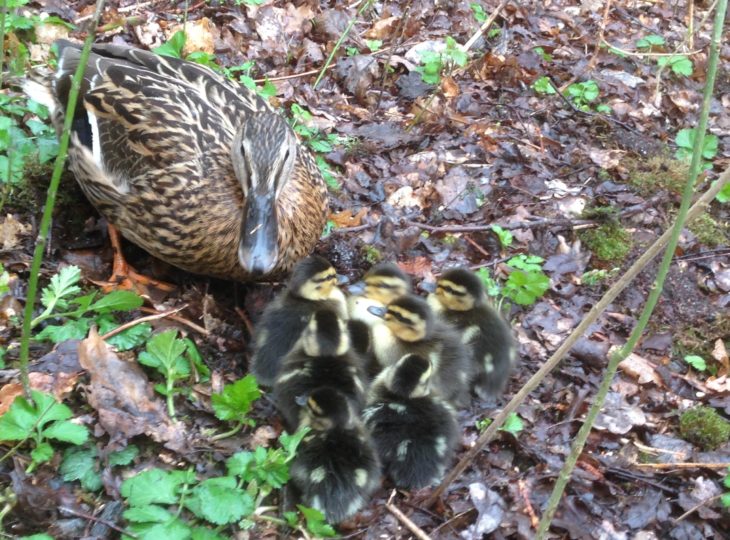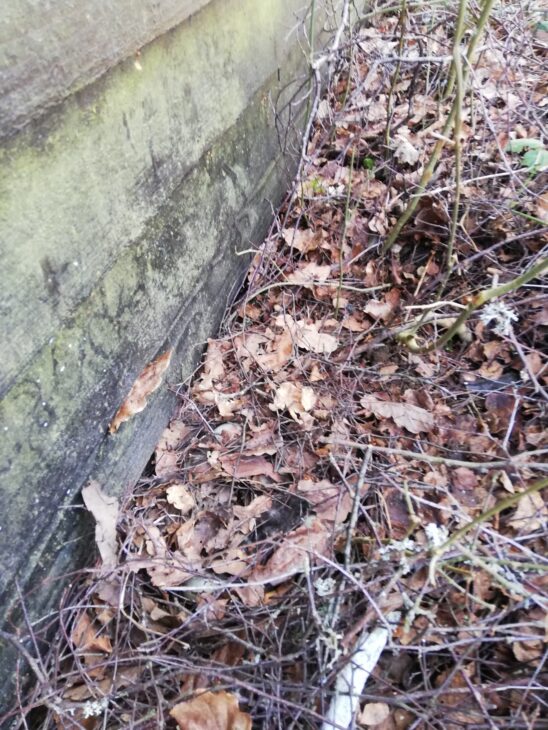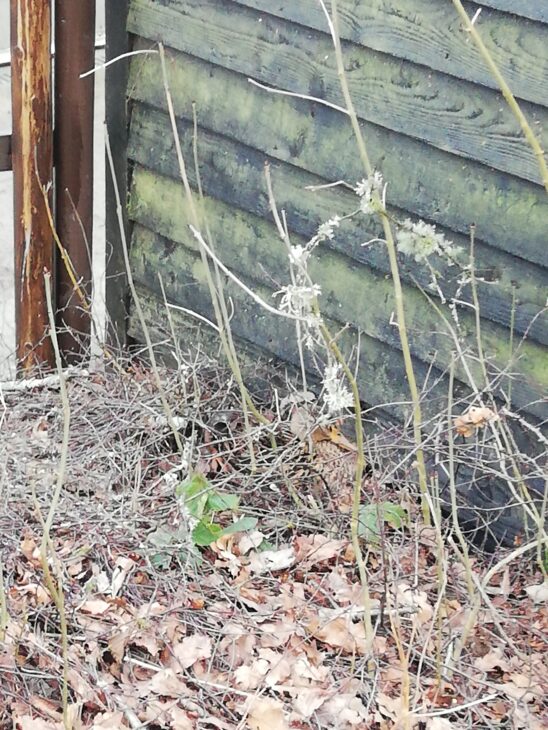The secret life of mallard ducks
Mallard ducks Anas platyrhynchos are the most commonly sighted duck in the UK. They are as happy to take up residence in urban areas as they are in remote and secluded areas, which is probably the reason for being so commonly seen. They are the first bird which most children experience a close encounter with, providing people with everlasting childhood memories of going to the duck pond. Other than the Muscovy Duck, the mallard is the ancestor of nearly all domestic duck breeds.

Feeding
Contrary to popular belief, their favourite food includes: seeds, aquatic vegetation, acorns, berries, plants, insects and shellfish. Although they appear to enjoy eating bread, this can actually harm them, and reduce the water quality. Bird seed or special duck food makes a great alternative. They do not dive down under the water, but instead tend to tip forward with their tails in the air. They also forage for food on land, around the waters edge and in farmers’ fields.
Breeding
Nest building
Mallards like to build their nest close to water, but not right on the waters edge. Any spot which is secluded and well covered in natural vegetation is perfect. The pair may wander around an area looking for a nest site together, but the female is responsible for building the nest
In areas with a good food supply, such as ponds in parks, many mallards are attracted to nest there. In these areas, the female will choose to nest much further from the water to avoid competition.
Once the female has selected the perfect location for her nest, she will begin nest building. Mallards don’t build anything large and elaborate like the osprey nest or even the great crested grebe nests at Loch of the Lowes. Instead the mallards main aim is to keep the nest as hidden as possible! She will make the nest from leaves and grasses and line it with down feathers which she plucks from her breast. These are tiny feathers that have lots of branches to trap air, making them really soft and warm.
Incubation
Mallards usually lay their eggs at the beginning of spring. The female usually lays around 12 eggs in a clutch, laid at one- or two-day intervals. This is an extremely tough time for her, laying over half her own body weight in eggs over the course of a few weeks. The male will protect her, their feeding, and resting areas. To protect the eggs already laid, the female will cover her eggs with leaves and other pieces of vegetation to hide them.

Once all her eggs are laid, the male leaves her to join up with other males to await the moulting period, which begins in June. This will likely answer the question “why are there so many male ducks but no females”, which I am sure many people have thought at this time of year.
Camouflage
Once sat on the nest, the female is very well camouflaged. This is so that she can sit there quietly without people knowing she is there. Some other species will actively defend their nest from predators, whereas the mallard will sit tight and hope the threat moves on without noticing her.

Does she ever leave her nest and why?
Whilst laying, the female needs a lot of nutrition so will leave the nest, sometimes for longer periods of time to feed and rest. Once all her eggs are laid she will rarely leave the nest; unlike osprey, the male does not bring food to the female whilst she incubates. This means that when she does require a short break to feed, toilet and stretch her legs the eggs are left alone. Whilst she is away, the nest is it at risk to predators such as crows, jays, mink, foxes and rats. The female will always cover her nest with vegetation such as leaves and grass to hide the eggs. One of the reasons which mallards lay so many eggs, is because there is a significant chance not all the young will reach maturity. This way there is hope that one or two of her chicks will survive. Mallards will also often lay more than one clutch in a season to increase the chances of their offspring reaching maturity.
Chicks
The chicks hatch after 23-30 days, and despite being laid separately, they will all hatch around the same time. The chicks are mobile and ready to feed very soon after hatching, they will stay in the nest for just 10 hours to learn how to use their legs. Once ready to leave the nest the female will lead them to the nearby water body.
What can people do from home?
In these uncertain times we find being able to connect to nature very important. When out on your daily walk, you can make it a bit more exciting by using that time to look for a mallard nest. As a bit of fun for the whole family, you could even return daily to monitor its progress.
Make sure when you see a nest of any bird you maintain a reasonable distance, and do not stand near the nest for too long.
For some species such as osprey this would mean staying more than 100m away from the nest. For mallards, its important to use your newly acquired social distancing skills and stay at least 2m away from the nest. It may not appear obvious to us that the female mallard is scared when we are near her nest as she will sit very quietly and still. Despite looking calm, the longer there is someone close to her nest, the more stressed she will become. It is therefore very important that you only stay close by for a very short period of time (less than a minute) each visit. It would be great to hear how you get on, let us know how many chicks hatch in the nest you monitor.
Amy
Visitor Centre Assistant
Help protect Scotland’s wildlife
Our work to save Scotland’s wildlife is made possible thanks to the generosity of our members and supporters.
Join today from just £3 a month to help protect the species you love.
Preface
Mallard ducks Anas platyrhynchos are the most commonly sighted duck in the UK. They are as happy to take up residence in urban areas as they are in remote and …
